I have this model, but I am unable to find if its “correct”, and what is the technical name for it.
I am using Power BI, and for example, I have a Clients table:
In my model (cube) I have it twice; I will have tables: Client and Client Current
Data sources: The source for Client is (Select * from client) The source for Client Current is (Select * from client where Valid=1)
And of course in my fact I have:
What is the name for this setup? (one connects through client_surrogate key and the other from client_anotherkey)
I could be wrong, but I see SCD type 2 as a subset of ‘Role-Playing dimensions’?



